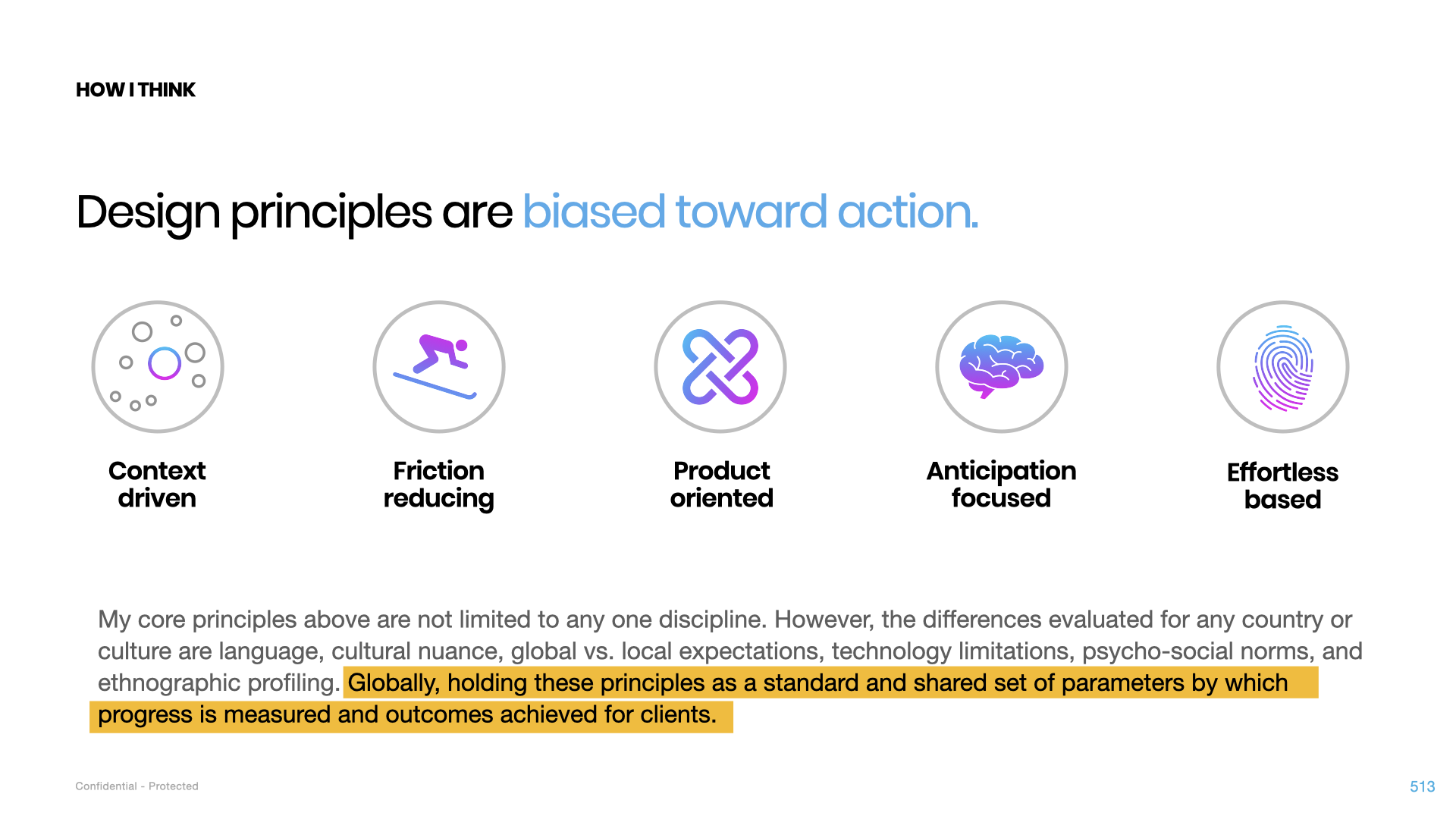Storytelling is life.
Like most things, there is always a story to tell.
I can help you keep moving with your story.
Get in touch, hit me up on LinkedIn.

A passion for creating stories
My work ranges from helping startups and large companies build better stories to assisting teams in preparing and pitching their best narratives. The desire to craft narratives, compelling and persuasive is my passion, and I figured it might be something that could help others.
I am not a deck doer, keynote jockey, or anything. I am a storyteller and have spent over two decades honing and helping those who struggle to make a case, create a compelling argument, and get sh*t done.
Framing Understanding
When attempting to convey a compelling narrative, it is essential to thoroughly examine and define the story we aim to articulate. By workshopping the understanding and setting clear expectations, we can effectively collaborate to shape a coherent and impactful narrative. This process involves collecting and synthesizing diverse inputs to ensure that our storytelling approach is both inclusive and comprehensive. Through this collective effort, we can craft a story that resonates with our audience and effectively communicates our intended message.
Narrative Engineering
Narrative construction involves weaving together the storyline and the underlying mechanisms that drive the plot, characters, and their motivations. It encompasses the deliberate arrangement of events, character development, and the rationale behind the unfolding of the story. This intricate process aims to captivate and engage the audience while conveying the intended message or theme. Careful consideration is given to the progression, coherence, and impact of the narrative elements to create a compelling and immersive storytelling experience.
Story Boarding
The concept of the 5 slide rule™ is to encourage concise and impactful communication in presentations. By limiting the number of slides to 5, presenters are prompted to distill their message to the most essential points, avoiding information overload for the audience. This approach also encourages presenters to work out the details using various tools before determining the content of each slide, ensuring that only the most relevant and compelling information is conveyed. When adhering to the 5 slide rule™, presenters must carefully consider the content of each slide, delivering a focused and effective presentation that keeps the audience engaged.
People Prep
Engaging in rehearsals, meticulously timing each slide, and conducting show running exercises are essential elements in ensuring that the story is thoroughly “murder-boarded.” By diligently fine-tuning every aspect through rehearsals and timing, the creators can be sure that the narrative unfolds seamlessly and captivates the audience. Additionally, running through the story enables the team to identify any potential issues and address them effectively, thereby enhancing the overall quality of the performance or production.
Narrative Arc’ing
The rhythm and pacing of a story are essential elements that greatly influence the reader’s or audience’s experience. Without a well-crafted rhythm and proper pacing, a story may feel disjointed or fail to engage the audience effectively. Just like a musical composition, a story should have a natural ebb and flow, guiding the audience through the narrative arc. This arc is the backbone of the story, providing structure and coherence to the plot and content development. Whether it’s a product pitch, a compelling readout, or a board deck, the narrative arc serves as a roadmap for the storyteller, ensuring that they can skillfully guide the audience along the journey. When executed effectively, the narrative arc can create anticipation, tension, and emotional resonance, leaving a lasting impact on the audience. Therefore, understanding and implementing the principles of rhythm, pacing, and the narrative arc is fundamental for any storyteller aiming to captivate their audience.
Post-Op/Sit Reps
Reflecting on the experience and sharing insights gained from a storytelling event can be a valuable process. After the event, it’s important to conduct a debriefing session to review the overall performance, the audience’s response, and the effectiveness of the storytelling techniques used. This allows the team to identify strengths and areas for improvement.
In addition, discussing the next steps is crucial to maintain momentum and capitalize on the event’s impact. This could involve planning future storytelling events, refining the storytelling approach, or leveraging the event’s content for marketing and brand building. The post-event period is an opportune time to strategize and set clear objectives for the continuation of the storytelling journey.